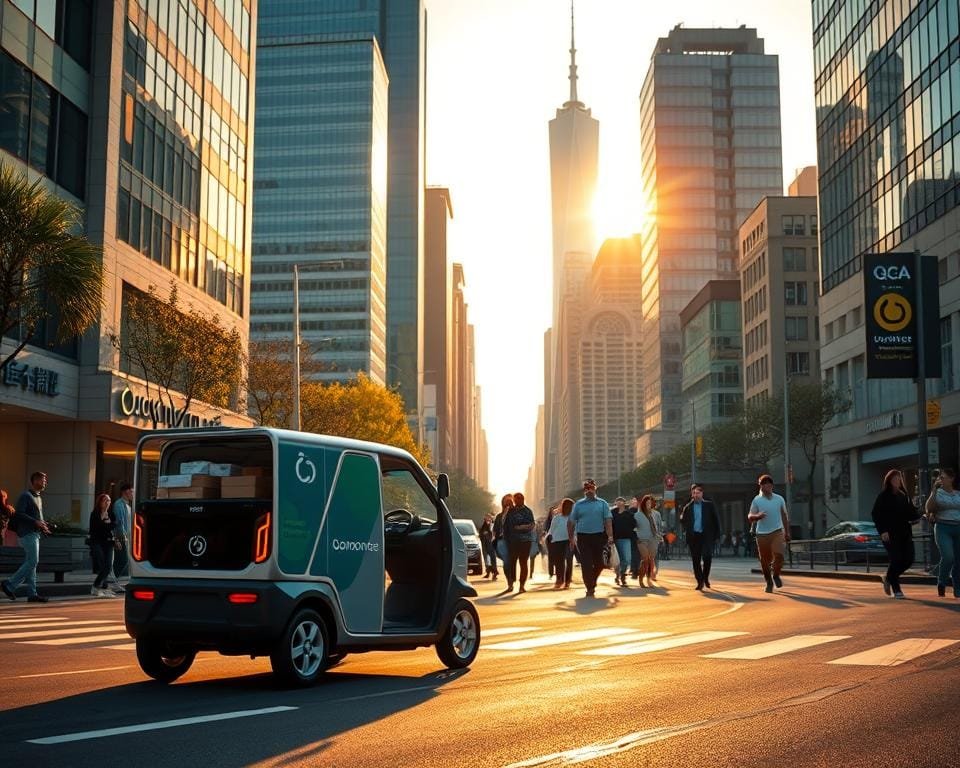
The retail landscape is undergoing a significant transformation, driven by the rapid growth of Quick Commerce (Q-commerce). With the US Q-commerce market valued at $7.5 billion in 2023 and projected to reach $12.7 billion by 2030, growing at a CAGR of 8%, the question on everyone’s mind is: what’s driving this explosive growth?
The increasing demand for instant delivery services, fueled by busy lifestyles and urban convenience, is revolutionizing how consumers access everything from essentials to electronics.
As traditional retail boundaries dissolve, Q-commerce platforms are expanding beyond groceries into various product categories, including gadgets and household items, permanently altering consumer expectations around convenience and speed.
The Rise of Quick Commerce in the United States
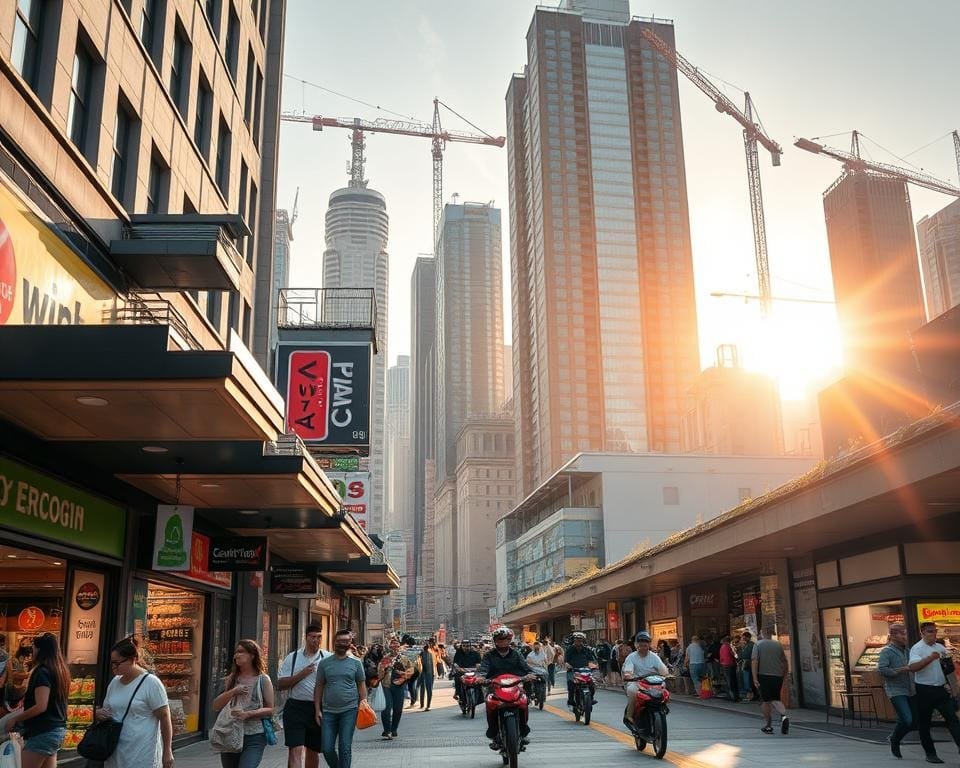
The quick commerce industry is revolutionizing the retail landscape in the United States with its rapid growth and innovative business model. This sector has seen significant investment and expansion, driven by changing consumer preferences and advancements in logistics.
What Is Quick Commerce?
Quick commerce, also known as Q-commerce, refers to the rapid delivery of products, often within a short timeframe such as 30 minutes to an hour. This concept has gained popularity by offering consumers the convenience they demand in today’s fast-paced world.
The Evolution from E-Commerce to Q-Commerce
The retail landscape has evolved significantly from traditional e-commerce to quick commerce. This shift is driven by consumer expectations for faster delivery times and a wider range of products. The market has responded by adopting new technologies and logistical strategies to meet these demands.
Market Size and Growth Projections
The US Quick Commerce (Q-commerce) market was valued at $7.5 billion in 2023 and is projected to reach $12.7 billion by 2030, growing at a CAGR of 8%. Key highlights of this growth include:
- The US Q-commerce market is experiencing explosive growth, outpacing many traditional retail segments.
- Investment in the sector has been substantial, with companies like Gorillas raising €245 million in Series B funding.
- The rapid growth reflects both changing consumer preferences and the viability of the business model despite operational challenges.
This growth trajectory underscores the potential of quick commerce to become a major retail channel in the US, driven by its ability to offer convenience, speed, and a diverse product range.
How Groceries Gadget Quick Commerce Is Transforming Retail
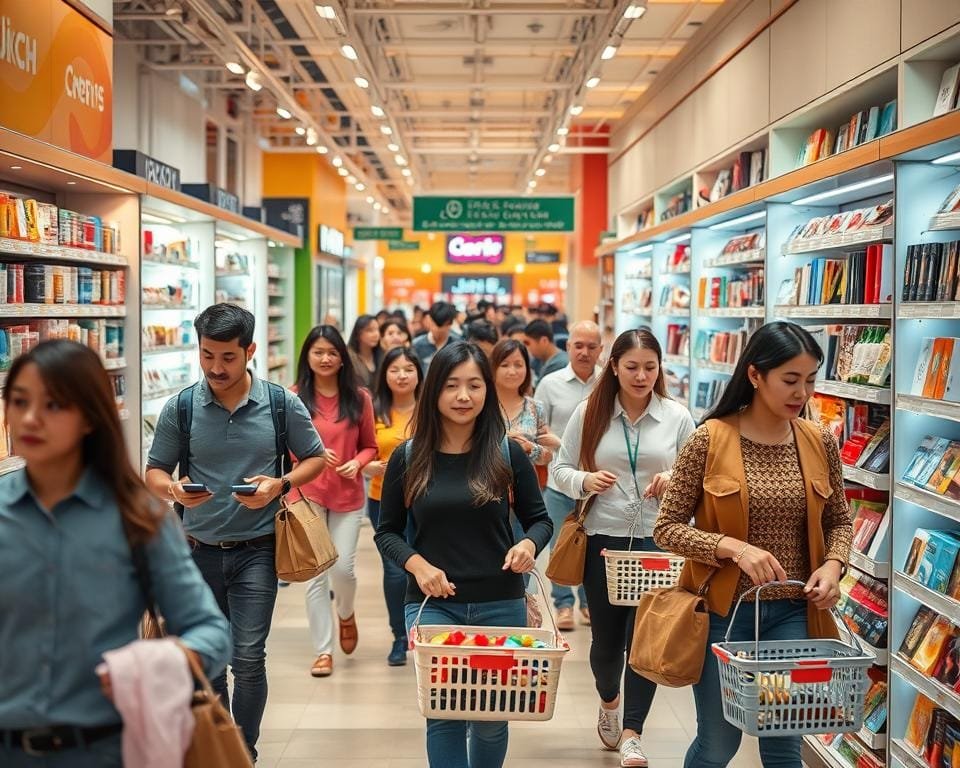
Retail is being redefined by the rapid growth of quick commerce, changing consumer behaviors and expectations. The convenience offered by quick commerce platforms is not only altering how people shop but also transforming the retail landscape.
The Dark Store Model
The dark store model is a crucial component of quick commerce, enabling rapid order fulfillment. By converting traditional retail spaces into dedicated logistics hubs, quick commerce operators can significantly reduce delivery times, meeting the demand for instant gratification. This model is revolutionizing supply chain logistics, making it possible to deliver products to customers within a remarkably short timeframe.
Beyond the 30-Minute Promise
While the promise of 30-minute deliveries is a hallmark of quick commerce, the impact goes beyond just speedy delivery. It’s about creating a new shopping experience that is both convenient and personalized. Quick commerce platforms are leveraging data and technology to offer tailored shopping experiences to their customers, enhancing customer satisfaction and loyalty.
Changing Consumer Shopping Behaviors
The rise of quick commerce has led to a significant shift in consumer shopping behaviors. Many consumers now rely on these services for their regular grocery needs, rather than just emergency or impulse purchases. Research indicates that approximately half of Q-commerce users in Europe use these services for their entire weekly shopping, directly substituting trips to physical supermarkets. This shift represents a challenge for traditional retailers, who must adapt to the changing landscape.
As quick commerce continues to grow, it’s clear that consumer behaviors are being fundamentally altered. The convenience factor is creating new shopping patterns, with smaller, more frequent orders replacing the traditional weekly grocery trip. This change has significant implications for retailers, who must innovate to remain relevant.
Leading Quick Commerce Players Reshaping the Market
The quick commerce landscape is rapidly evolving, driven by key players who are reshaping the market. These players are not only expanding their services but also innovating to stay ahead of the competition.
Grocery-First Platforms
Grocery delivery platforms have been at the forefront of the quick commerce revolution in the US. They have transformed the way people shop for groceries, making it faster and more convenient.
Gopuff and Instacart
Gopuff and Instacart are two of the leading grocery-first platforms. Gopuff is known for its wide range of products and quick delivery times, while Instacart has partnered with numerous retailers to offer a vast selection of groceries.
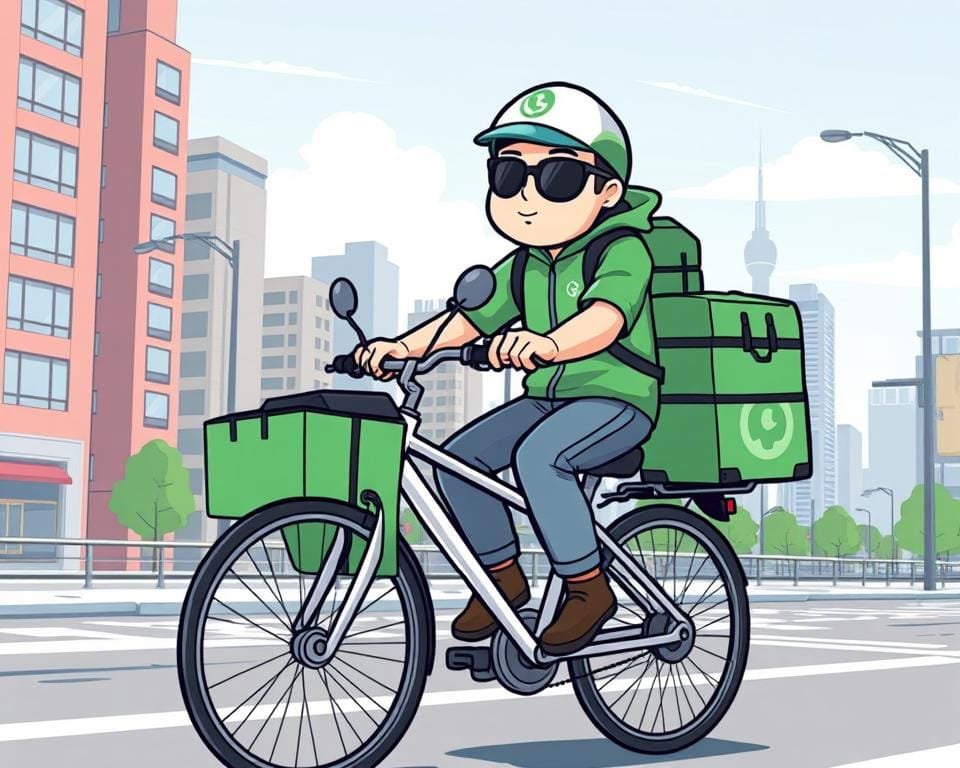
Amazon Fresh and Walmart InHome
Amazon Fresh and Walmart InHome are also significant players in the grocery delivery space. Amazon Fresh offers same-day or next-day delivery on a wide range of groceries, while Walmart InHome focuses on providing a seamless grocery shopping experience through its subscription service.
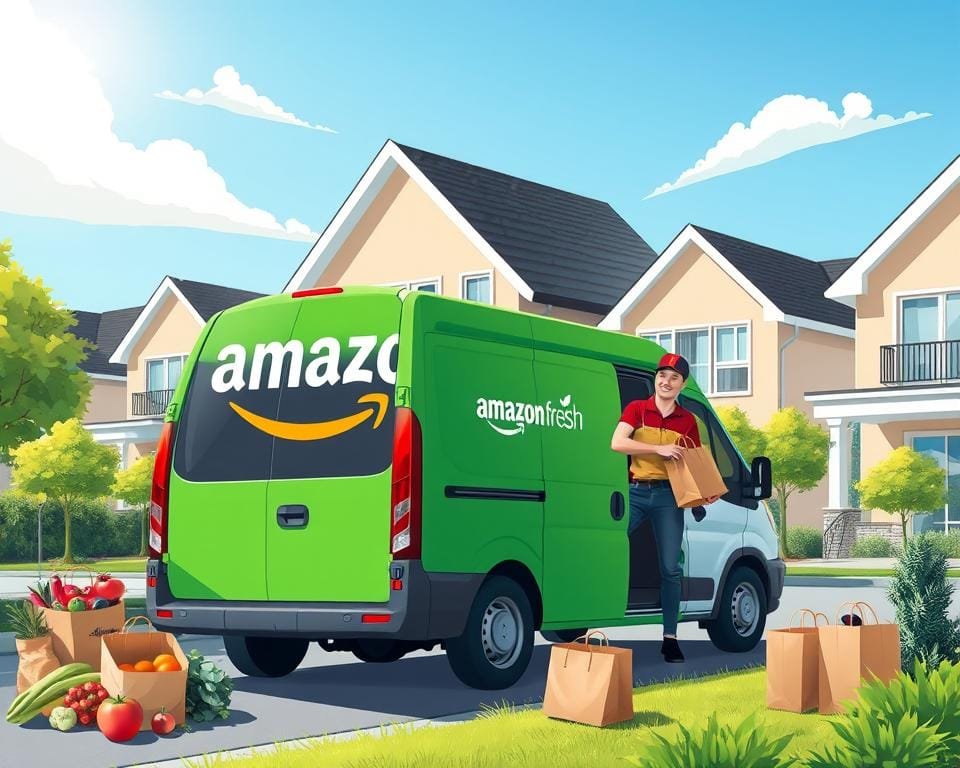
Diversified Product Offerings
Quick commerce players are not limiting themselves to groceries alone; they are diversifying their product offerings to include gadgets and other essentials. This shift is changing the face of quick commerce.
DoorDash and Uber Direct
DoorDash and Uber Direct have expanded their services beyond food delivery to include other products. DoorDash has partnered with various retailers to offer a wide range of products, while Uber Direct allows users to order products directly through the Uber app.
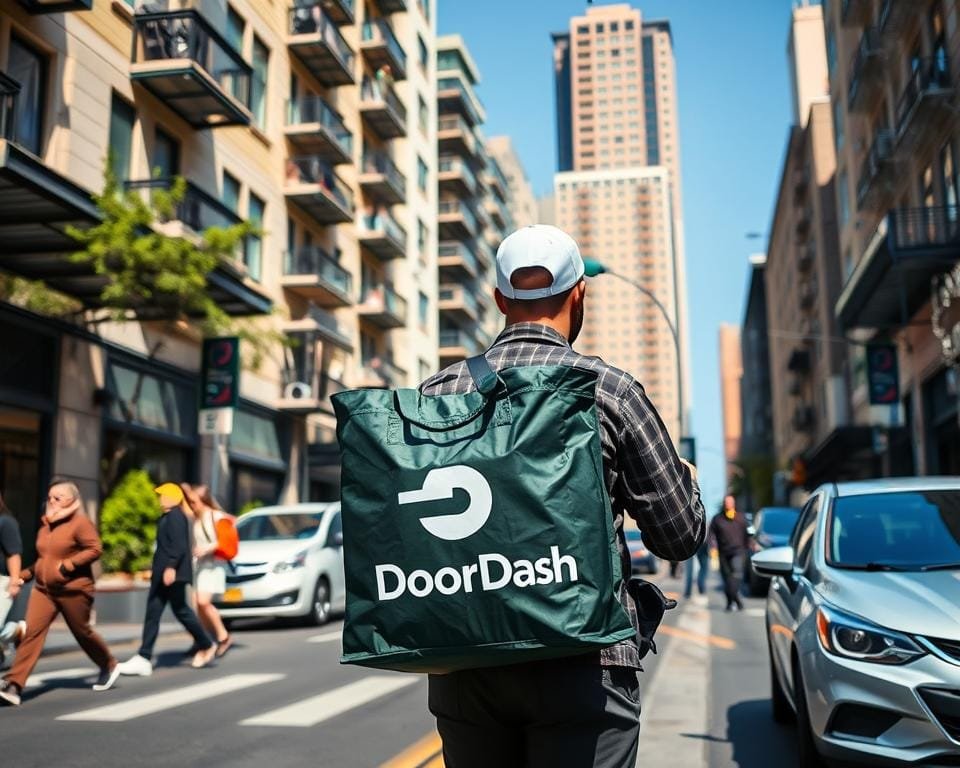
Postmates and Jokr
Postmates and Jokr are other players that have diversified their product offerings. Postmates allows users to order from a variety of local stores, while Jokr focuses on delivering a wide range of products, including groceries and household essentials.
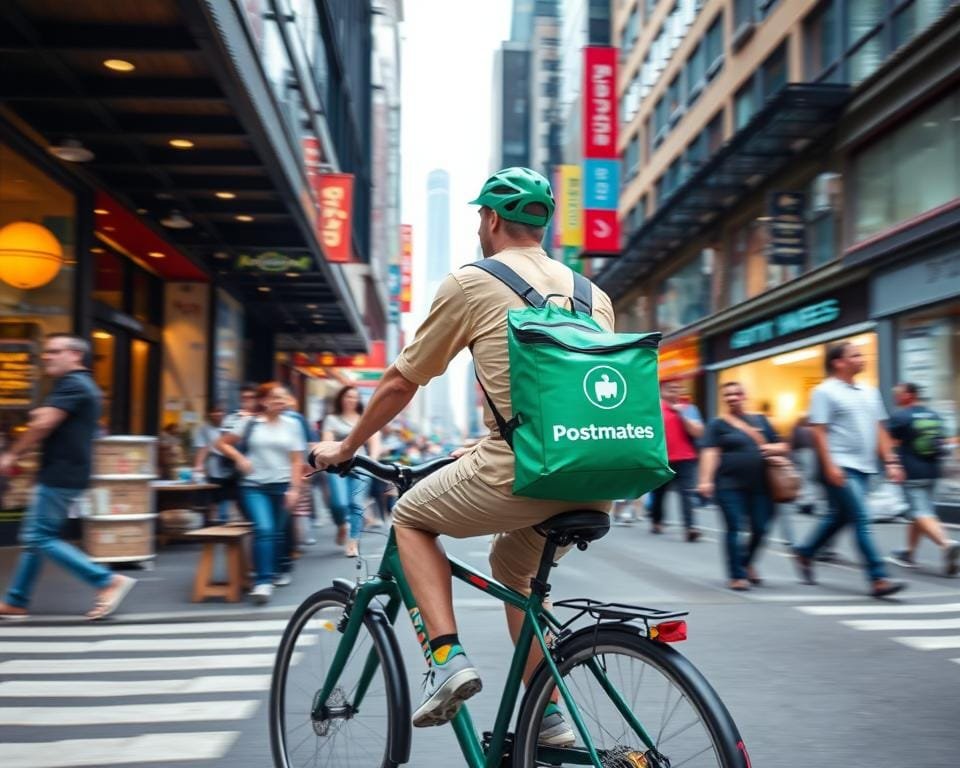
The 7NOW Approach
7-Eleven’s 7NOW service is a unique approach to quick commerce, leveraging the company’s extensive network of physical stores. This model allows for 30-minute delivery across a wider geographic footprint.
- Key Benefits: 7NOW offers a wide array of products, including snacks, beverages, and household essentials, in 30 minutes. It also provides a subscription model known as the 7NOW Gold Pass, which offers free deliveries and additional perks.
- Competitive Advantage: Unlike many competitors, 7NOW can tap into 7-Eleven’s established supply chain and brand recognition, providing significant competitive advantages.
From Food to Everything: Product Diversification Strategies
Quick commerce platforms are expanding their horizons, moving beyond food deliveries to a wide array of products. This strategic diversification is aimed at enhancing convenience for consumers and capturing a larger market share.
One of the key areas of diversification is electronics and gadgets. Companies are now delivering high-demand electronic items, leveraging their logistics capabilities to ensure timely delivery.
Electronics and Gadgets
The inclusion of electronics and gadgets in product offerings is a significant step towards catering to the instant gratification needs of consumers. This move not only expands the customer base but also increases the average order value.
Household Essentials
Household essentials are another category seeing significant growth in quick commerce. From kitchenware to home cleaning supplies, the convenience of having these essentials delivered quickly is highly valued by consumers.
Pharmacy and Health Products
The pharmacy and health products category is particularly promising for Q-commerce platforms. The urgent need for medications and health products aligns perfectly with the convenience proposition of Q-commerce. Regulatory challenges are being addressed through partnerships with licensed pharmacies.
- The high-margin nature of health products makes this category attractive for improving profitability.
- Specialized handling protocols and partnerships are being implemented to address unique logistics challenges.
- Uber’s introduction of Uber Direct for non-food instant deliveries is a prime example of this diversification strategy.
Challenges and Opportunities in the Quick Commerce Ecosystem
As quick commerce continues to revolutionize the retail landscape, it faces a myriad of challenges that could shape its future. The sector’s rapid expansion is met with both enthusiasm and skepticism, as it navigates through operational, logistical, and financial hurdles.
Economic Viability and Profitability Concerns
A significant challenge for quick commerce companies is achieving economic viability and maintaining profitability. The model requires substantial investment in infrastructure and logistics to ensure rapid delivery. According to Eleonore Lafonta, Venture Capitalist at Five Seasons Ventures, “the winners in months and years to come ‘will be the ones that are the most technologically obsessed with operational efficiency’.”
Urban Density Requirements
Quick commerce thrives in densely populated urban areas where the demand for rapid delivery is high. However, this very density can lead to congestion, prompting local governments to consider congestion zones with associated fees or restrict vehicle entry into certain areas. This regulatory response could impact the operational efficiency of quick commerce companies.
Infrastructure and Logistics Innovation
infrastructure and logistics solutions. Companies are investing in technology to optimize routing, reduce delivery times, and improve operational efficiency. Innovations such as electric bikes and scooters are addressing last-mile delivery challenges in congested urban environments, while the dark store model is being adopted to streamline operations.
To overcome the challenges and capitalize on the opportunities, quick commerce companies must continue to innovate and adapt. By leveraging technology and optimizing their logistics and infrastructure, they can achieve sustainable growth and maintain their competitive edge.
Conclusion: The Future of Quick Commerce on Bizansy.com
As the quick commerce sector continues to grow, it’s clear that this trend is not just a fleeting phenomenon, but a fundamental shift in the retail landscape. Quick commerce is reshaping retail, driven by consumer demand for speed and convenience.
The sector’s rapid growth, from grocery delivery to gadgets, demonstrates how Q-commerce is evolving from a niche service to a mainstream retail channel. For customers, Q-commerce offers an unprecedented level of convenience that is permanently altering shopping behaviors and expectations.
For retailers and brands, adapting to the Q-commerce model is becoming increasingly essential to remain competitive in the evolving retail landscape. Consumers are driving this change, seeking faster and more convenient shopping experiences. Bizansy.com is positioned at the forefront of this retail revolution, providing insights and solutions for businesses navigating the Q-commerce ecosystem.
The future of retail will likely be defined by a hybrid approach, with Q-commerce complementing rather than replacing traditional retail channels. As technology continues to evolve, the Q-commerce experience will become even more seamless, personalized, and integrated into customers‘ daily lives.
Ultimately, businesses that embrace the opportunities presented by Q-commerce while addressing its challenges will be best positioned for success in this rapidly evolving market. With its focus on speed and convenience, quick commerce is set to continue reshaping the retail industry.










